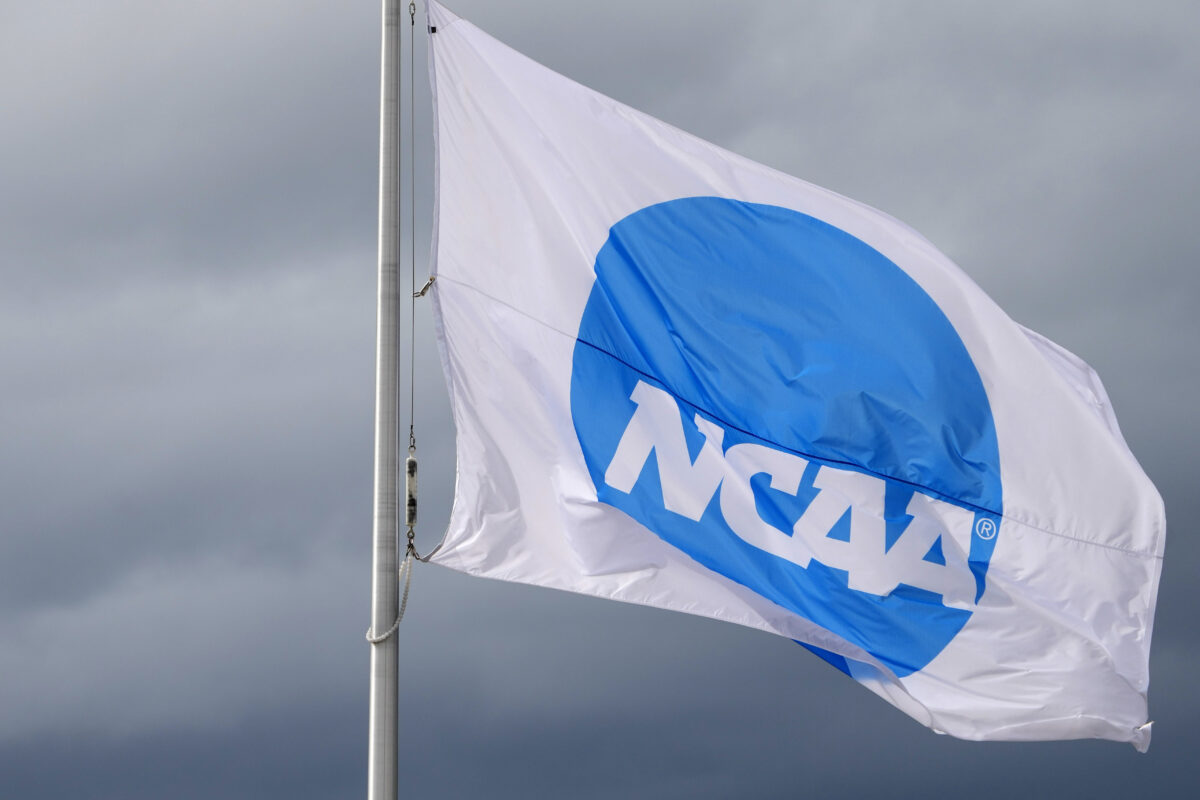Fans of the Oklahoma Sooners and the Big 12 are all too accustomed to the four-plus hour football game. In the fast-paced Big 12 where spread offenses became the norm, teams were running a ton of plays and scoring a ton of points, but not taking much time off the clock while doing so.
Well, the time of four-hour games may be coming to an end: The college football powers are looking to cut down on game times.
According to Ross Delenger of Sports Illustrated, the “executives of the sport” are looking at several rule changes to shorten games.
There are four proposals:
- Prohibiting consecutive timeouts (No icing the kicker).
- No untimed downs at the end of the first and third quarters.
- The clock will continue to run after a first down outside of the final two minutes in the half.
- The clock will continue to run after an incomplete pass once the ball is spotted.
It’s the third one that seems to be make the most sense.
In a third proposal that is garnering wide support, the clock will continue to run after an offense gains a first down except inside of two minutes in a half.
This would make the college game much more similar to the NFL game for at least 56 minutes of game time. In college football, the clock stops after a first down to allow the officials to move the chains and spot the ball. The clock resumes on the snap for the next play.
If this change were to occur, the clock would continue to run after a first down until the final two minutes of each half.
The No. 1 team in plays per game in the NFL last season was the Tampa Bay Buccaneers at 70.4 plays per game. The top five averaged 69.2 plays per game. The NFL average was 64.6 plays per game.
In college football, the Texas Tech Red Raiders led the nation with 84.2 plays per game. That’s nearly 17% more plays per game than what the Buccaneers ran in 2022. The Red Raiders played a total of 1,095 plays on offense in 2022 according to College Football Reference. That’s only 102 fewer plays than Tampa Bay ran in 2022 despite the Red Raiders playing four fewer games.
Of course, some of this is due to the pace at which offenses in college football run. However, looking deeper into the numbers, offenses in college football are running far more plays per game than in the NFL.
Letting the clock run will bring the two sports closer together in plays per game.
Forty-one teams in the Football Bowl Subdivision averaged more plays per game than Tampa Bay, and 103 FBS teams averaged more plays per game than the NFL average last season.
If there’s a move to make that could help cut down on the number of plays ran in a college football game, this is the move to make. Letting the clock run after a first down will keep the game moving and put less wear and tear on the players.
[lawrence-auto-related count=5 category=1366]
[mm-video type=playlist id=01eqbz7cqqgxy50qwt player_id=01eqbvp13nn1gy6hd4 image=]
Contact/Follow us @SoonersWire on Twitter, and like our page on Facebook to follow ongoing coverage of Oklahoma news, notes, and opinions. You can also follow John on Twitter @john9williams.
